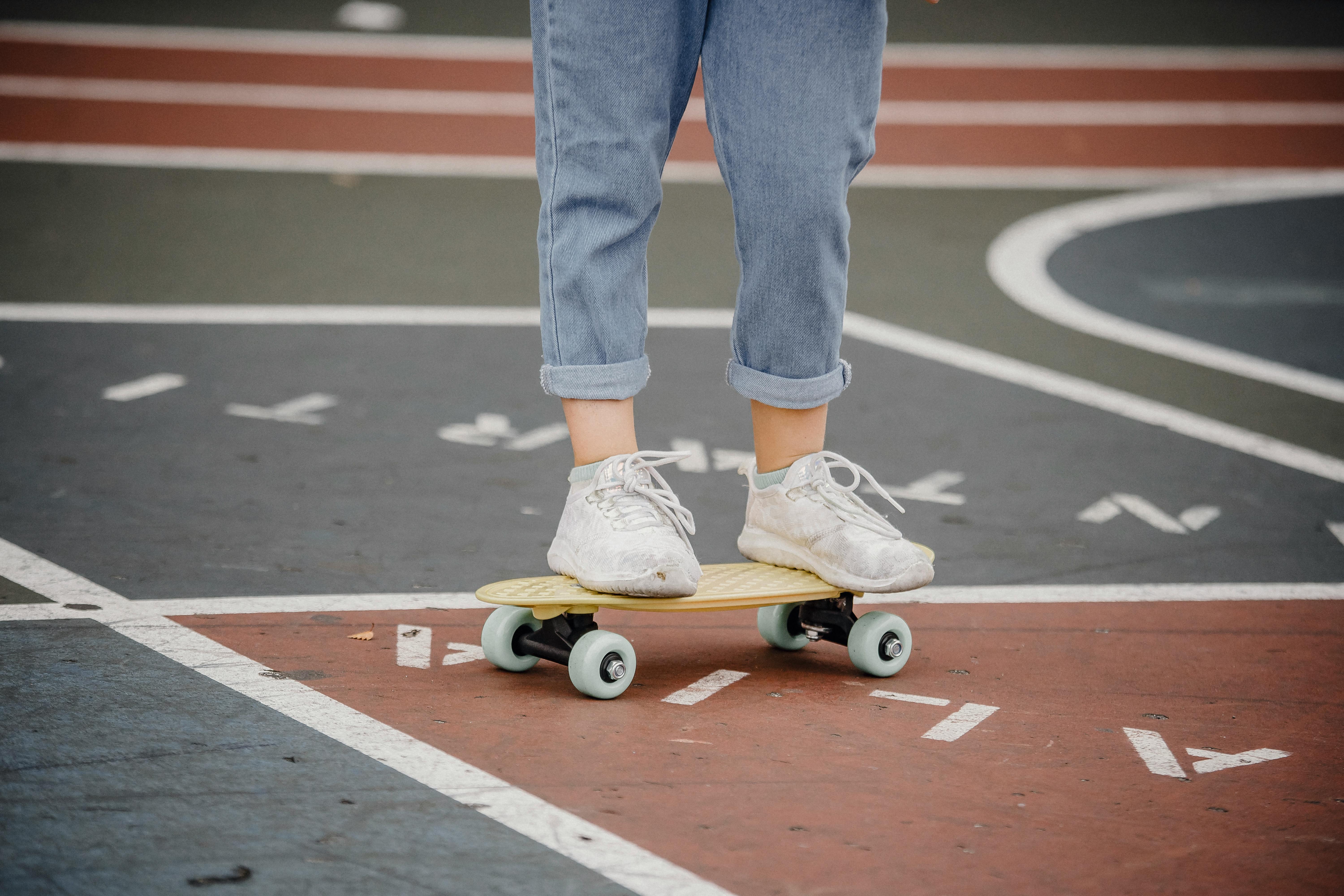Korean music is over 1000 years old. Isang Yun, a musician who teaches in Berlin, included Korean songs in his course which was later brought back to Korea. Like all other strong influences, the war definitely had its impact on Korean music. Korean music is mainly influenced by shamanic and Buddhist thoughts. Sinawi dance, drum, and dance music are clearly evident in folk music.
Dongbu folk songs are unique in several areas and are typical of the styles. Songs from the Jeolla and Chungcheong area are known as Namdo Folk Songs. They are full of drama and the collections are tasteful. The Pansori and the Sanjo were created from Namdo music. Jeju’s music from Jeju Island is simple and rich in its compositions. The Pansori is actually a one-man show that involves dialogue, performance, dance, and a drummer assists with the singer’s rhythm. The Pansori is done in one section for eight hours. Actually, it takes making the voice hoarse by screaming, to become a Pansori singer. Accessories include a handkerchief and fan.
A company of thirty musicians performs the Nongak. The Sanjo is a tempo-based performance that speeds up and moves at a high tempo. Korean musical instruments include Kayagum, which can be played solo, duo, and threesome. The instrument should be placed on the lap with the tail at ground level. Tanso is the wind instrument and is played together with the flute. The original Tanso bamboo is now replaced by resin. The sound produced is pure melody. Yanggum is made of bamboo and is a stringed instrument about the size of a piano. The fourteen keys now incrementing to the count of twenty-six keys. Most of the Korean string instruments in contemporary folk times are made of silk threads.
There are varieties of bow, plucked, and struck in popular string instruments spanning the Geum, Bipa, Sohaegeum, and Yangguem. There are flutes, horns and oboes and mouth organs and also the jeok as well, Hwa, Dae piri and Nagak in the popular variety of wind instruments. There are other bells, gongs and cymbals of various varieties in percussion musical instruments. Popular songs are still evident in the villages. Rituals, ceremonies, and festivals mark the occasion with traditional Korean folk songs. Although there is also an evolution in the making of musical instruments, traditional Korean folk songs provide pure melody.
